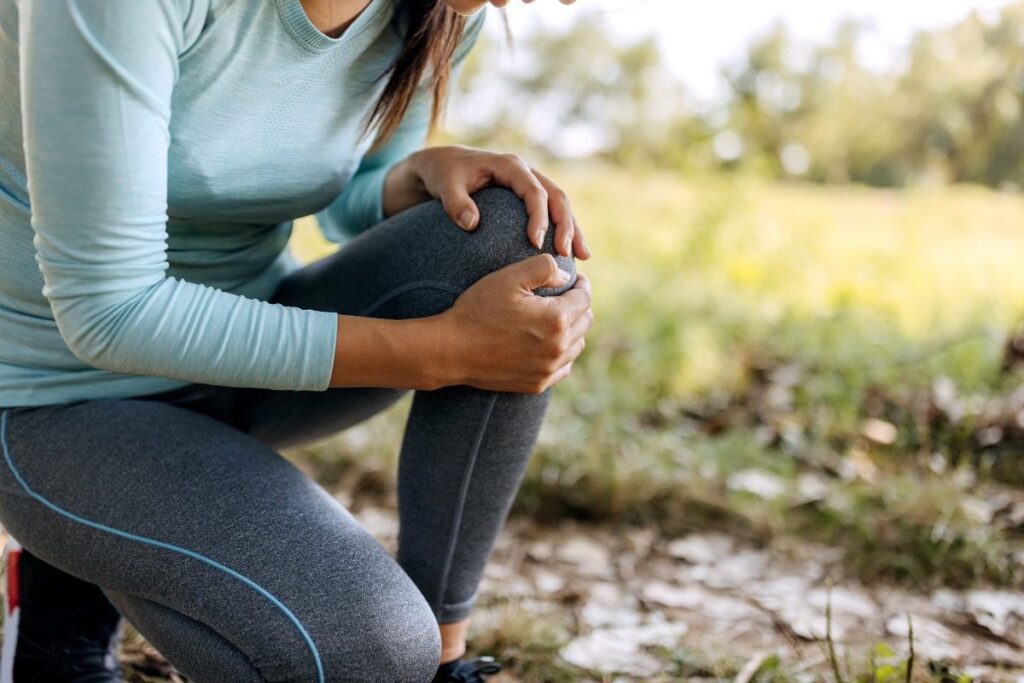Have you ever felt off during a run—less stable on trails or slower to respond during descents? This experience may not just be in your head. Research is beginning to reveal that the hormonal fluctuations during the menstrual cycle could be contributing to an increased risk of knee injuries among female runners. Recent findings spotlight a link between hormonal changes and vulnerability to injuries like ACL (anterior cruciate ligament) tears, particularly during high-intensity sessions or when navigating tricky terrain.
Understanding the Connection Between Menstrual Cycle and Injury Risk
The notion that the menstrual cycle could influence physical performance and risk for injuries isn’t entirely new, yet recent studies are intensifying the inquiry. Sports scientists at Kingston University in the U.K. are investigating how various phases of the menstrual cycle could be quietly escalating the risk of injuries, especially ACL tears, which affect thousands of female athletes annually.
Statistically speaking, women experience ACL injuries at a rate that is three to six times higher than men, a trend that has remained consistent for over two decades. Researchers aim to identify how changes in hormone levels throughout the cycle may correlate with athletic performance and susceptibility to injury. According to biomechanics expert Simon Augustus, “We want to examine whether athletes may be more predisposed to injuries due to functional changes during the menstrual cycle.” This implies that the timing may not just be an unlucky coincidence; hormonal shifts could significantly impact how the body moves and withstands physical stress.
Impact on Runners: Understanding the Risks
While runners typically engage in linear motion rather than the twisting movements common in sports like soccer, they are not immune to injuries. Particularly for those who train year-round, ACL injuries in running frequently occur on unstable terrains or during rapid turnover phases, where stability is already compromised. When combined with hormonal phases that increase ligament elasticity and may slow reaction times, the risk for ACL injuries escalates.
This research isn’t solely aimed at elite athletes; grassroots and amateur runners could also benefit from these insights. Thanks to backing from organizations like FIFA, the findings could revolutionize training methods, focusing on injury prevention for all levels of runners.
What You Can Do to Mitigate Risk
While we await definitive guidelines that link menstrual phases with training advisories, awareness is an effective first step. Monitoring your cycle can help you anticipate high-risk phases. For example, during ovulation, when estrogen levels peak, you might consider integrating additional warm-ups into your routine, emphasizing proper landing mechanics, or trading speed work for strength training.
Moreover, strengthening muscle groups such as the glutes, hamstrings, and core can provide crucial support to your knees throughout your cycle. Many ACL injuries occur without direct contact, and enhancing these muscle areas may help increase stability and prevent injuries.
Conclusion: A New Perspective on Running and Women’s Health
The implications of these findings could transform how female runners approach training and injury prevention. As we continue to uncover the intricate relationship between the menstrual cycle and physical performance, staying informed will empower women to make proactive choices about their health and training regimens. Not just for elite athletes but including all women runners, this burgeoning research offers rich potential for creating safer, more effective running practices.
For further reading on the impacts of hormonal cycles and athletic performance, refer to Women’s Health and insights from Running Magazine.
